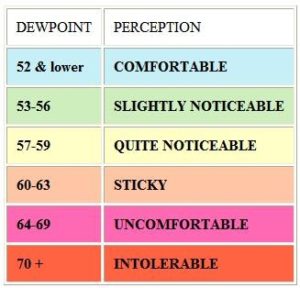Training in the Heat
by Justin Turner, Pensacola Runner
With the summer well underway and many of us training for fall marathons, the summer heat here in Pensacola can make it very difficult to train at times. To help me get through the summer I try to start my runs as early as possible, the less time that I have running with the sun bearing down on me, the better. With that being said, I also try to find routes that offer as much shade as possible to keep me out of the sun. Hydration is very important in keeping your body cool in the heat too. One of the first things I do in the morning when I getup is try to drink as much water as possible so that I don’t start my workouts dehydrated. It’s nearly impossible to rehydrate yourself while you’re doing your workout. On the subject of hydration: if I am doing intervals or some kind of repeats and staying in a particular area I will stage a bottle of ice water and Nuun that I can use to get some fluid in me during my rest intervals. I also drink a glass of Nuun after nearly every run over 45 minutes to replenish lost electrolytes during my run. For my longer runs, I carry an insulated handheld bottle such as the Nathan SpeedDraw Plus. If I am going to be gone on my run for a long time I may carry two of these bottles. Other times, I stash an extra bottle at a friend’s house and stop and refill my bottle during my run. As far as pace goes, I typically throw pace out the window for the majority of my runs during the summer. The biggest thing that I pay attention to is dew point, not humidity because it’s the relative moisture in the air compared to the temps. Think of it this way…you can be running in the morning fog but the air feels crystal clear. The humidity will be 100% simply because there is water in the air (fog) but the dew point might be 45… you’re gonna have a good run! Some dew point guidelines that I follow that my coach James McKirdy from McKirdy Trained sent me is: 52 and lower – no change in pace52-56 – 5 seconds per mile slower57-60- 5 to 7 seconds per mile slower60-65 – 7 to 10 seconds per mile slower65-70 – 10 to 14 seconds per mile slower70 + GOOD LUCK WITH THAT

Combine a high dew point with high heat and it’s a true recipe for disaster for those who don’t adjust. It’s really important that you understand this concept. Setting yourself up for the right expectations on given weather circumstances is how you will see success. I also wear a lightweight breathable singlet in the summer because the wetness from my sweat helps to keep me cool. Combine a high dew point with high heat and it’s a true recipe for disasterfor those who don’t adjust. It’s really important that you understand this concept. Setting yourself up for the right expectations on given weather circumstances is how you will see success. I also wear a lightweight breathable singlet in the summer because the wetness from my sweat helps to keep me cool. I train with the help of a Coach from McKirdy Trained. I highly recommend their training and website.
